Find out how to plan your period property renovation project with our guide: avoid the pitfalls and costly mistakes to achieve the character home of your dreams.
Finding and purchasing a renovation project fills many people with excitement and often this excitement leads them into making hasty decisions and regretting them later. The initial honeymoon period of a project, filled with ideas, vision and enthusiasm can quickly turn to stress and despondency within months of embarking on a project once reality hits. With our guide we hope to help you avoid many of the pitfalls a renovation project can pose both to your period property in terms of costly mistakes and bad decisions and also your general wellbeing, health and of course your bank balance.
Define your goals
First of all you need to decide why you want to restore a period house. This will help you to prioritise the most important renovation jobs and ensure that your budget is realistic. Your reasons may cover any of the following or you may have your own unique reasons.
- We don’t like the finish or décor of any of the houses we’ve viewed and therefore want to create a house in our own unique style
- We can’t afford what we want so we could buy a wreck and create our dream forever house
- We’ve got time and money on our hands and doing a renovation sounds like an interesting project
- We’ve inherited a period house and want to do it up and sell it
- We view this as a business so we want to maximize the value of the property and then sell it for the best profit
- We are doing this on a tiny budget so we don’t care how long it takes as long as we spend the least money possible
- This is going to be our forever home so whilst we don’t want to waste money, we want it to be the best Victorian house it can be
You also need to decide realistically what your timescale is both in terms of turning the project around and how long you will keep the property, whether you will live in it, rent it out or sell it when it’s finished.
If your goals and timescales are really clear cut it will make decision making easier. For example, if you are simply doing it up to sell it again, you’ll not want to spend a lot of money on things that don’t add to the resale value such as sorting out any structural issues that aren’t critical. If you are creating your forever home, you may want to splurge on luxuries such as kitchen ranges, underfloor heating, triple glazing, landscaping and planting that won’t necessarily add to the resale value but that you’ll appreciate over a number of years.
Choose your renovation project carefully
Once you’ve defined your goals you’ll then need to keep them in mind when attending house viewings. This is essential if you want to avoid an expensive mistake and not fall for a period house needing renovation that just isn’t suitable. Keep the estate agents you approach fully briefed on your criteria and check these are all met before you even go and view a period property. There is no point viewing a property that has no garden if this is important to you. Question a number of estate agents about the resale value of a property after renovation (don’t just trust the opinion of the estate agent selling the property) and check this by looking at sales values of similar properties in the area. You can check this on websites such as http://www.rightmove.co.uk/house-prices.html.
If you’re simply looking for something to turn around quickly for a profit, avoid listed buildings or conservation areas and period houses with any structural issues. Auctions can be great places to buy a period property in need of refurbishment. Look for something that just needs the décor, kitchen, bathroom and garden updating with straight walls and no obvious signs of damp or movement (cracks in walls). Be suspicious of scruffy buildings that look like they’ve been freshly decorated as this could well be the sign of somebody trying to mask a problem. If a Victorian house looks derelict, run down, scruffy and uncared for, chances are that any issues will be easy to spot if you look out for damp patches, cracks in walls, rotten floorboards etc. Many of these types of issues are easy to remedy and may be as simple as slipped or missing tiles that need replacing. However you will need to get a full home survey and professional advice in order to get to the bottom of the reason for the issue before you can confidently proceed with doing your sums and putting an offer in.
If you are looking to create your dream Victorian home, location and surroundings are key. Make sure this is an area you can see yourself and your family living in for 10 or 20 years without the need to move for work, family commitments or schools. Visit the property at different times of the day to see what the traffic and noise is like. Then consider whether the Victorian property will meet your requirements or could be made to fit these with some adaptations. Find out whether the property has previously been extended as this may affect how much you will be able to extend, if for example the property is in the green belt.
Budget is key to make any project a success. You need to work out the total you can afford to spend on the project. When you visit a historical house that needs refurbishment, make a realistic guesstimate of how much money the house needs spending on it, then add in 25% for good measure. If you don’t have the knowledge and experience to make this guess, take a builder or two around the house with you. Bear in mind that a builder may give you figures based on the easiest way to resolve an issue rather than necessarily the best way for the period house. Once it comes to getting the jobs done you may need to go for the more costly option and the builders prices may change. So discuss your plans and preferences in detail with the builder as this is the only way to end up with realistic figures. For example to fix a wooden floor with a cold and draught problem, a builder would most likely prefer to lay insulation and new floorboards on top of existing ones rather than take up the existing floor boards, lay insulation under them, then refix the original floorboards in place, sand and wax them. However if you want to achieve a good period restoration, the original floorboards should not be covered up.
If the house is uninhabitable or unsellable without a loss unless all work is fully completed, we strongly advise that the money you need for the work is in a savings account and earmarked for this work once the house becomes yours. Money rarely if ever appears out of nowhere and thinking “we’ll come up with the extra money later” is often the road to disaster involving whopping credit card charges or unpaid debts.
Offer to buy the house for the money you have available minus your renovation budget. Set a limit to what you will pay for the house and stick to it. If it goes for more than your budget the house was simply not meant to be yours. There’s no point buying a property renovation project with no budget for the renovation.
The dream Victorian house is yours – so what next?
So you’ve had your offer accepted, exchanged and completed on the house and just been given the keys. What do you do next?
The advice of experienced property renovators wishing to create their forever home is to thoroughly clean the house and make it habitable for the least money possible and then live in it. Until you live in a period house and truly know it, it’s difficult to make decisions about how it needs to be changed. Building work is best carried out from spring onwards so in an ideal world you’d buy at the end of the summer, camp in the house through the winter and get to know the issues and attributes of the house and throw around ideas about what you would change and how you could improve it. Until you experience your musty basement in the worst of the rainy autumn weeks, how would you know whether or not water ingress is an issue and whether it needs the full blown swimming pool tanking your builder is trying to convince you about with a 15k price tag, or just a simple waterproof render. You may not think traffic noise is an issue with all the leaves on the trees in mid-summer, but having experienced a winter in your new period home, you may conclude that triple glazing and yew hedging are a must both from a draft exclusion and a noise perspective.
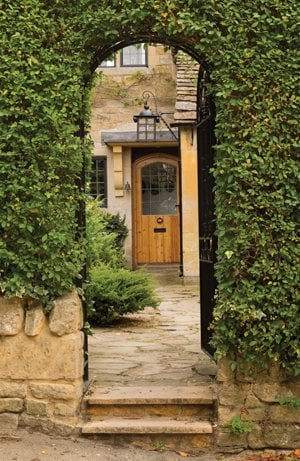
How can I start planning my period property renovation?
Find a floor plan of your house or otherwise draw one yourself. Write a list of your must have rooms and their minimum size. Then try to match these requirements with those rooms in your house. If the two do not match you’ll need to think about compromising on your rooms or replanning the layout of your house. Check which walls are structural and which aren’t and are simply studwork and plasterboard, and mark these on your plans. Structural walls can still be removed but involve a lot more work and cost than removal of stud walls. See whether you can replan the layout within the existing footprint. Unless your period house is listed, and only a small proportion are, you will not require planning permission but, depending, on the work involved, you may need County Council Building Regulations approval if you are taking out walls. Being able to do without planning permission is a bonus as it will save you money and delays to your project - there is always a chance that planning permission may not be granted.
Ideas for extending your period house
Of course you may well require extra square footage in which case you will wish to add an extension to the house as part of your house renovation. You need to allow for the amount of additional time that this process will take. From interviewing architects to appointing one; briefing the architect and them designing your extension; you reviewing their drawings and discussing changes you require; your eventual approval of their drawings after several rounds of changes; the architect submitting the drawings to the planners; the planners’ decision on approval or rejection and any subsequent amendments that might need to be made and approved. This could all take anywhere from 6 months to a couple of years during which time work on an extension is on hold until you receive planning approval. Because of this it is best to let the extension project run alongside other work that may be done to the house and begin interviewing architects as soon as you know that you wish to extend and you have a clear brief for them. However you need to be really careful that if your first attempt at planning permission fails and you need to modify your plans, that any other work being carried out on the property will not be affected by you changing tack on the location or size of your extension. For example if you need to make your extension smaller or with a lower roof height to get it passed, you may not have room for that extra bathroom and may need to locate it elsewhere in the house or modify an existing bathroom to accommodate all of your needs. Of course if you cannot get permission for any sort of extension, your entire vision for the house may need to be revised (this is unlikely but possible if you have a listed building, live in a conservation area, or are in green belt). So do proceed with caution until all of your plans are approved.
How can I break the project down into tasks?
Once you’ve fully thought out, planned and specified out your project, write a list of jobs that need to be done in detail.
E.g.
- Replastering of whole house (incl chipping off loose plaster)
- Repointing of brickwork on north face of period house with lime mortar to match the original mortar
- Rewiring of upstairs (list number of plug sockets, lighting points etc)
- Plumbing for new bathroom (list all fixtures and fittings and where pipes will be located)
- Redecoration of the whole Victorian house – painting of all rooms plus wallpapering of hallway, stairs with period style wallpaper such as Lincrusta
If you choose not to take this on as a DIY project, allocate each of these jobs to someone (plumber, electrician, builder etc). Then for any external help you are using, find 5-7 potential candidates for the work and ask them to come over so you can talk them through the jobs and they can provide a quotation and a timescale. Always assume that of the 5 or more people you ask to meet you, at least one won’t turn up and at least one won’t provide a written quotation. You need to end up with a minimum of 3 quotes but preferably 5 in order to pick a tradesman. Always make sure you have a detailed written quote and not just a ‘back of a fag packet’ price written down with no detail of what this includes. Asking someone to proceed with any work without a written quote is a risk and a surefire recipe for disagreement.
Check the quotes against each other. One may sound cheap but not include the same tasks as another. Don’t necessarily accept the first price quoted – there may well be some room for negotiation depending on how busy that particular tradesman is.
If you purchase all materials yourself you could save up to 40% on your materials costs. Set up trade accounts with all of your local builders merchants by telling them the size of your project – you need to be purchasing from them on a monthly basis for them to agree to a trade account. Once these are set up, get them to quote competitively on any large orders you may be placing and negotiate on all prices quoted. Trade / account prices can be as much as 40% lower than their usual retail prices.
Embarking on the work
You need to make the parameters of your relationship with your contractors and tradesmen very clear from the start. Begin on the basis of mutual respect and both sides sticking to their side of the bargain and if you pick well, hopefully you will end up with the Victorian house of your dreams.
Ideas for Furnishing your Period Interiors
The best way to gain inspiration for furnishing your period interior is to visit some historic houses such as National Trust properties, museums such as the V&A in London, Victorian pubs and theatres to get a real insight into period living. Look at how they furnish the interiors and indeed the exteriors and make a note of what you like and dislike. Then visit a range of antique shops or even house clearance type junk shops – these needn’t be expensive and in fact Victorian furniture is often cheaper than new equivalents and it is plentiful. You can also take a look at reclamation or architectural salvage yards who may have some interesting bathroom fittings and bathroom accessories, floor tiles, oak beams and quirky reclaimed objects which you can restore and include in your interior such as period ironmongery, glazing and period lighting. Choose what you like rather than just what you think is correct for the house – you’re not just furnishing it to impress other people. Hopefully the two will share some common ground.
TV programmes such as Grand Designs, Double Your House for Half the Money and the 100k House are great for gathering renovation ideas and seeing how people make their project wonderful on a tight budget. Ideas you might often see there are using reclaimed oak beams as desks, tables and worktops, and applying novel finishes to walls to save on decorating costs.
Glazing is often an area where you can spend a lot of money that you hadn’t budgeted for. Windows that look superficially fine often turn out to be rotten once you start probing them with a screwdriver. You can do some short term repairs by removing the rot and replacing these areas with wood filler, and then sanding and painting the windows. Then when budget allows you can replace the windows a room at a time if you do not wish to outlay the full amount for window replacement in one hit. However if you buy good quality thick curtains your room should stay a lot less draughty over the winter months, despite your leaky windows.
Sometimes it’s best not to be in too much of a hurry to find every object you need for your period renovation and allow objects to present themselves to you. Flea markets and holidays are often good sources of objects that can provide those really special and unique finishing touches. You can’t decide on every fixture and fitting for every single room of your house and be sure to make the right decision in a matter of days and weeks. Hurried purchasing is often a good way to make very bad and expensive mistakes.
Bedrooms usually turn out to be the cheapest rooms to furnish. Antique iron or teak bed frames can often be picked up for a couple of hundred pounds. You then simply need to restore the frames, without taking away their inherent character (strip and French polish the wood, or sand and repaint the iron frames), add your own slats and with a luxurious bedspread, this provides a centerpiece for the room. With a couple of side tables used as bedside tables and an antique mahogany wardrobe you could furnish the whole room for under £1000. And this would all be in your own unique period style.
Choosing your finishes for your period property restoration
If you own a Victorian era property and wish to decorate it in an authentic traditional style, visit buildings you admire from the same era to gain inspiration and renovation tips. Whether you are restoring a Victorian terrace cottage, or a more spacious residence, the Victorian Emporium sells a range of products to enhance your period renovation including lighting, tiles, radiators, ironmongery, carpets, coving, ceiling roses, skirting and so on. If you need help or advice with your period property renovation project, call 01525 750333 and someone will be pleased to help you. You may also enjoy our article about things our customers wish they'd known before buying a period house.
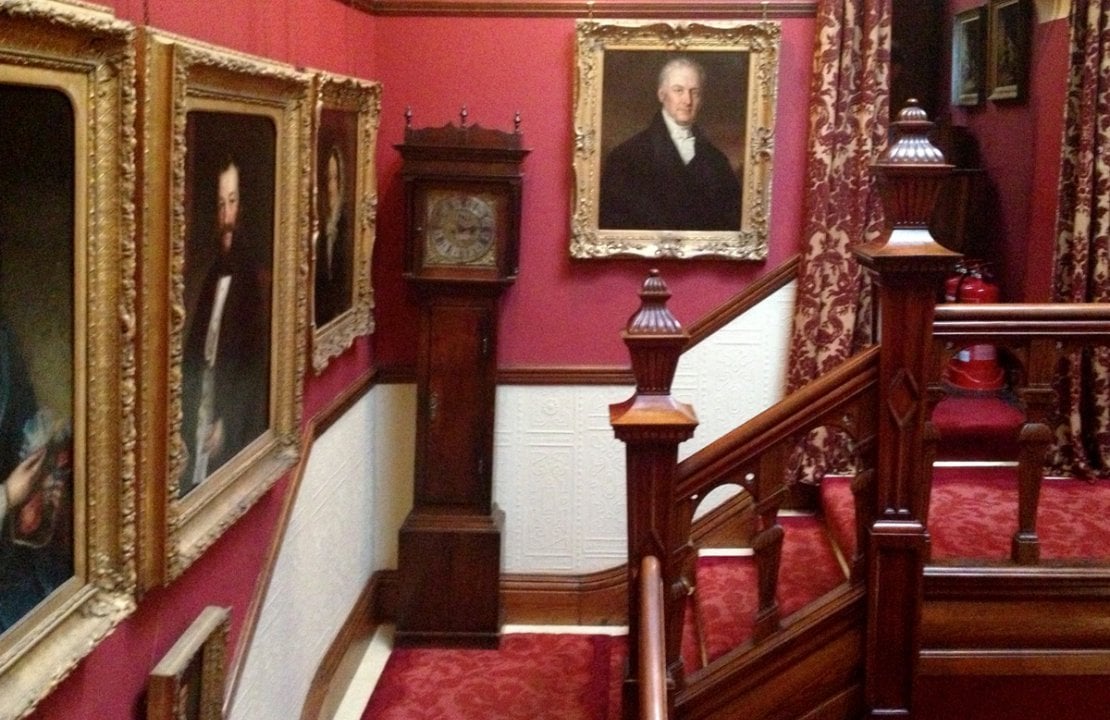
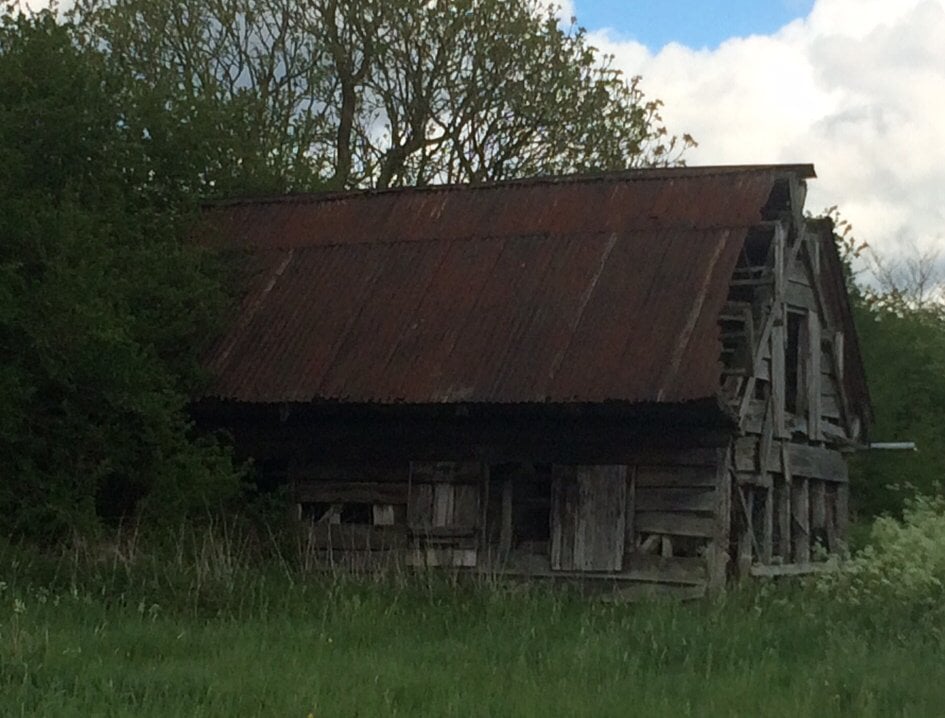
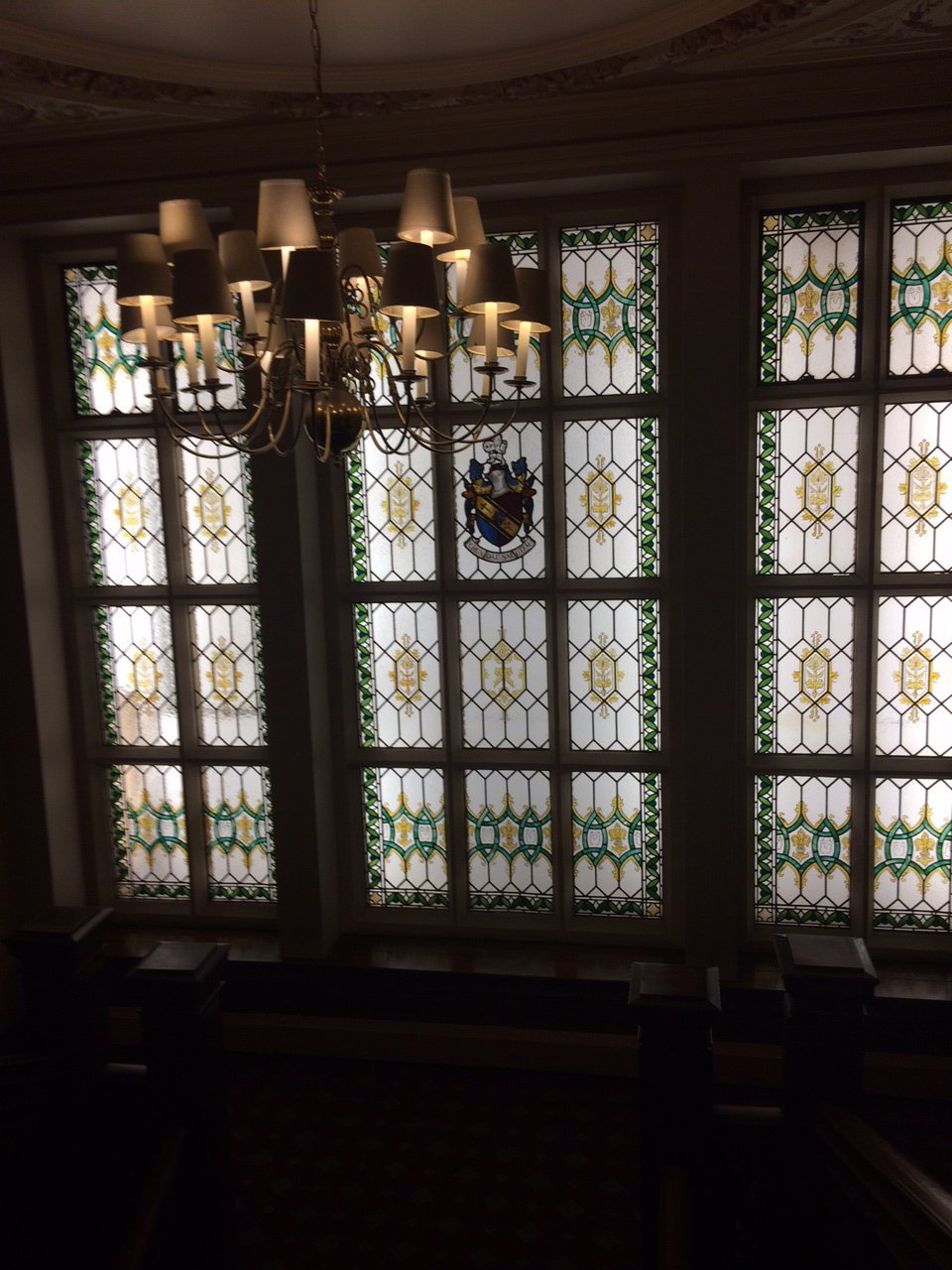
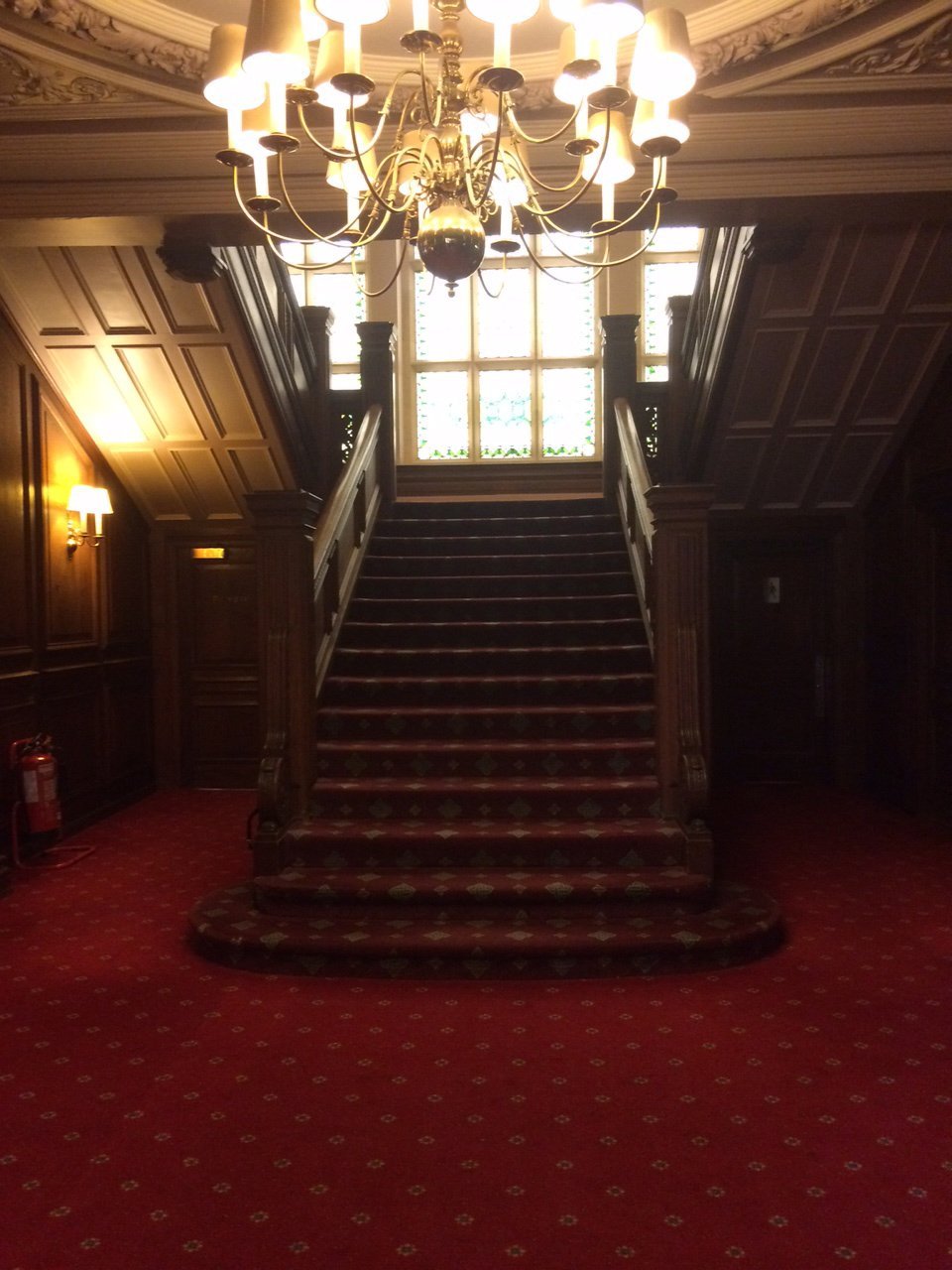
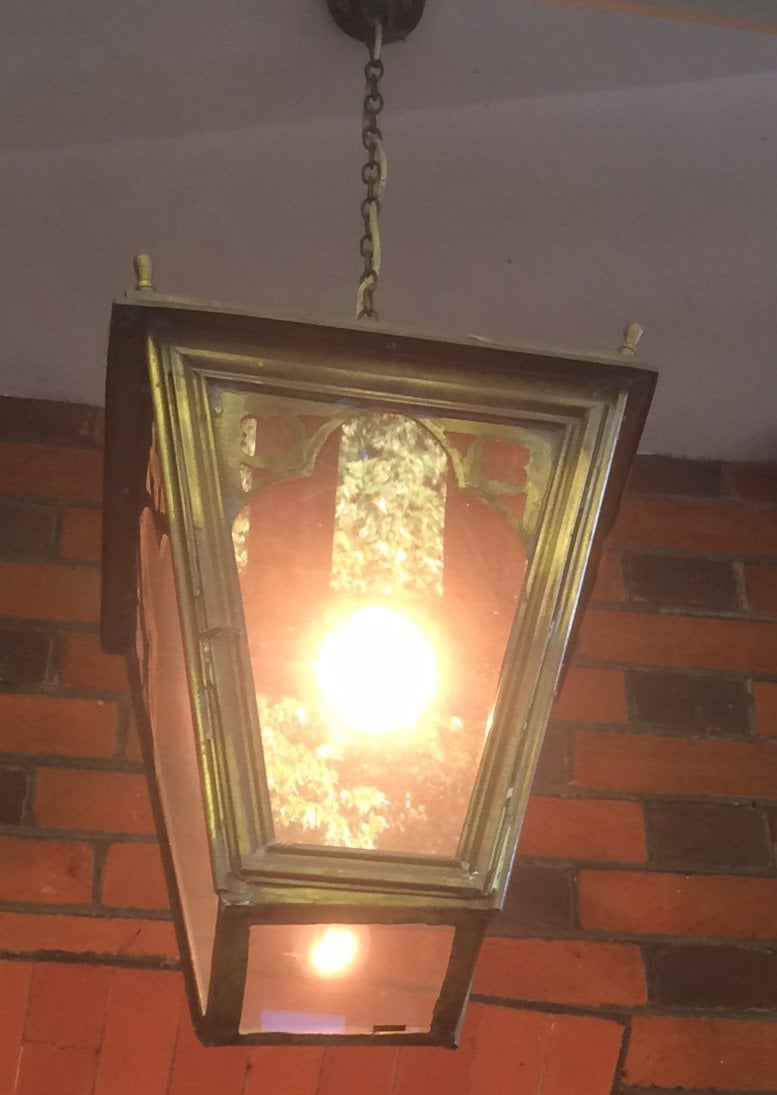
Posted by john g bradley - Oct 30, 2015 - 13:04
One of the best websites I have found for advice on period architecture and its’ restoration! wonderful ! keep up the good work!
best regards,
J Bradley, SAR